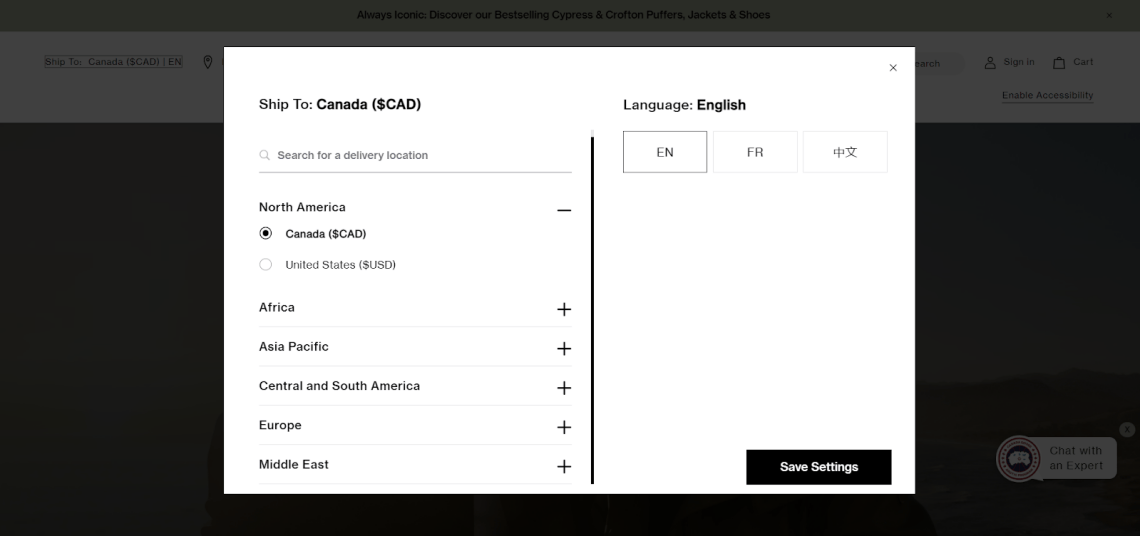In today’s global marketplace, many organizations operate websites that serve customers across multiple countries and languages. These sites fall into two main categories: multilingual and multi-regional.
Multilingual websites offer content in multiple languages—for example, a U.S. healthcare organization can provide users with both English and Spanish versions of its site. On the other hand, multi-regional websites target users in different countries or regions, often adapting content to local preferences and regulations.
Some websites combine both approaches, serving as multilingual and multi-regional platforms. For instance, an eCommerce site operating in the USA and Canada might offer content in English, French, and Mandarin, tailoring the language to each region’s demographics.

While implementing Schema Markup on monolingual single-domain sites is relatively straightforward, managing Schema Markup for multilingual and multi-regional domains presents unique challenges.
This article will explore the challenges of implementing Schema Markup across diverse multilingual and multi-regional sites and the solutions to these challenges.
Common Issues When Marking up Multilingual Sites
1. Schema.org documentation is currently only available in English
One of the most frequent questions we encounter is, “Does Schema Markup support languages other than English?” The answer is a resounding yes. While Schema.org Types and properties are represented by English words and the Schema.org documentation is written in English, the content you map to those types and properties can be written in any desired language.
This means you can still mark up your pages if you have a site in a different language from English. For example:
{
"@context": "https://schema.org",
"@type": "Article",
"headline": "Comment économiser de l'énergie à la maison",
"author": {
"@type": "Person",
"name": "Marie Dupont"
},
"datePublished": "2024-06-14T17:50:16+00:00"
}
This example shows French content mapped to the property represented by the English word “headline”.
The real complexity arises when you must accommodate different formatting conventions across languages and regions manually or even using a plugin.
Why is it difficult for website owners to implement Schema Markup on their own?
Many site owners are unaware that you can still apply the Schema.org vocabulary to non-English pages and often neglect to add Schema Markup to their multilingual sites. This oversight can lead to missed opportunities for enhanced search engine understanding and visibility in the SERP.
Even when site owners apply Schema Markup to non-English pages, they may still face limitations if they’re using a plugin. Most Schema Markup plugins are black boxes and do not give site owners the flexibility to adjust the markup. If your website has additional complexities, plugins might not be able to mark up your site accurately.
Some plugins may also not recognize the language on your site, so you might be required to author your markup manually. Implementing and managing this across thousands of pages can be tedious and requires Schema Markup expertise to execute.
Schema App offers an automated and dynamic solution
Unlike typical plugins that struggle with scale, formatting, and language variations, Schema App’s dynamic markup deployment capabilities can help you easily manage complex, multi-domain, and multilingual sites.
The Schema App Highlighter is a Schema Markup generator that deploys dynamic Schema Markup to thousands of similarly templated pages. If you have a product detail page in seven different languages, the Schema App Highlighter deploys accurate markup to all those pages regardless of which language the page content is written in. It can also recognize special characters and include them in the markup on your site.
With our solution, you also get a dedicated Customer Success Manager who can provide content and formatting recommendations to ensure your content is optimized for Schema Markup implementation.
Ensuring Schema Markup is properly implemented and formatted for each language and region is crucial for presenting your content to the right audiences, maintaining rich result eligibility, and providing consistent user experiences across your websites.
2. Handling Currency Formatting for Different Regions
Another issue many site owners face with marking up multilingual and multi-regional domains is currency formatting.
Schema.org can accommodate any currency format and gives users the ability to specify a “price” and a “priceCurrency” separately. However, if you are looking to target a Product rich result, you will want to follow Google’s more specific formatting requirements.
Using a comma (,) instead of a period (.) as a decimal separator results in errors in the Rich Results Test (e.g. €100,50 should be written as €100.50). This may go against grammar rules but is critical for being Rich Result eligible.
Furthermore, websites may use periods or commas as digit group separators to support readability. We recommend omitting all digit group separators, but more importantly, avoid using periods as digit group separators. For example, the number “one thousand” should never be represented as 1.000, as Google will parse the period as a decimal separator and interpret the value as one (1).
Many European countries use a comma (,) as a decimal separator and a period as a digit group separator in their prices. Using this formatting in your markup can lead to several issues, including:
- Ineligibility for rich results like Product Listings
- Misinterpretation of price data by search engines
Challenges Scaling Different Currency Formatting
These nuances to differing currency formats are challenging at scale because you must manually update your Schema Markup on each page to accommodate price formatting and ensure machines understand that your price-based content is a price value.
Converting it to the format Schema.org accepts is necessary for machines to read it and incredibly tedious for anyone doing it manually across thousands of pages.
Most Schema Markup plugins cannot automatically reformat pricing into the Schema.org accepted format, making this a challenge for site managers who rely on plugins to implement their Schema Markup.
Common Formatting Issues
Decimal placements in your currency formatting aren’t the only issues that could arise with multilingual and multi-regional content. Other elements that may require attention include:
- Currency symbol placement (e.g., “500$” instead of “$500”)
- Date/time formats (e.g. “2024-07-03T12:50:15+4:00” instead of July 3, 2024 at 12:50pm)
All these elements must adhere to the conventions defined by the Schema.org vocabulary (e.g. following ISO-8601 time formatting).
A Scalable Solution
The Schema App Highlighter can omit or remove commas used as digit group separators to improve Rich Result eligibility. Additionally, you can also set conditional rules in the Schema App Highlighter to account for different currency formats and ensure that your prices are correctly marked up, regardless of the currency denomination.
Check out how we helped CAPREIT overcome their currency denomination challenges.
Schema App Simplifies Schema Markup for Multilingual Sites
Manual implementation of Schema Markup on a multilingual site becomes tedious and error-prone when dealing with thousands of pages across various languages and regions.
While plugins may seem like a solution, many do not allow website owners to customize their markup or do conditional formatting for their multi-lingual sites. This can hinder your ability to achieve rich results and ensure search engines understand your content.
This is why global enterprises with complex multilingual, multi-regional sites choose to work with Schema App.
Schema App’s end-to-end Schema Markup solution gives users access to tools like the Schema App Highlighter to manage currency formatting and ensure compliance with Google’s structured data requirements. You’ll also get an assigned Customer Success Manager to manage your markup, ensure your content is optimally formatted, and offer recommendations to further optimize your pages for Schema Markup implementation.
If you’re struggling to implement Schema Markup for your multilingual or multi-regional website, we’re here to help. Contact us today to learn how Schema App can streamline your Schema Markup process and boost your global online presence.

